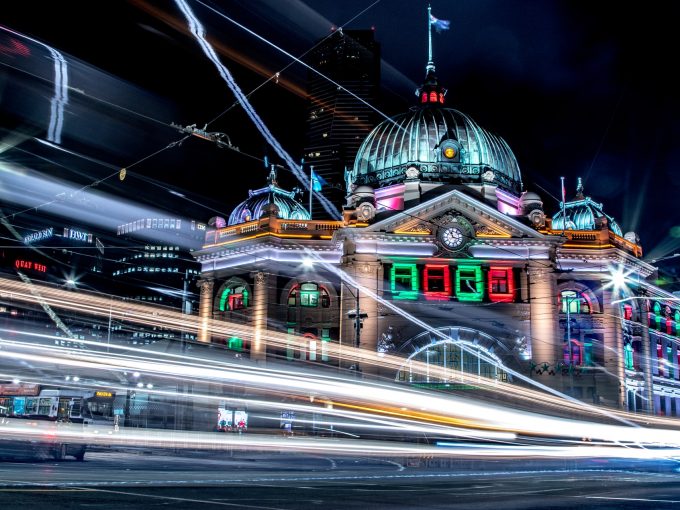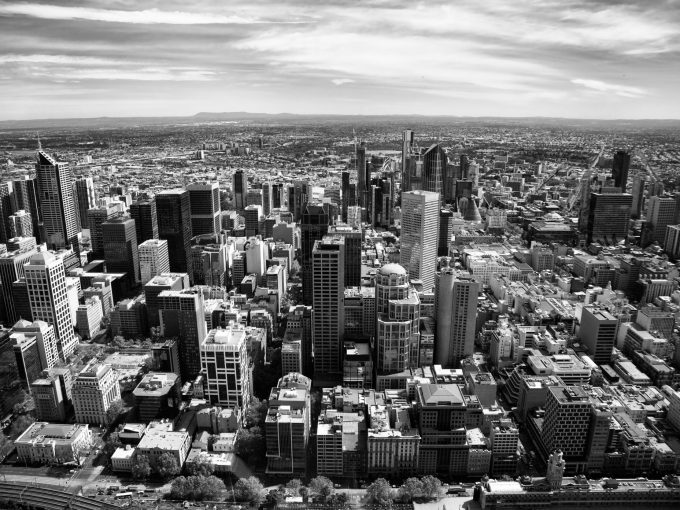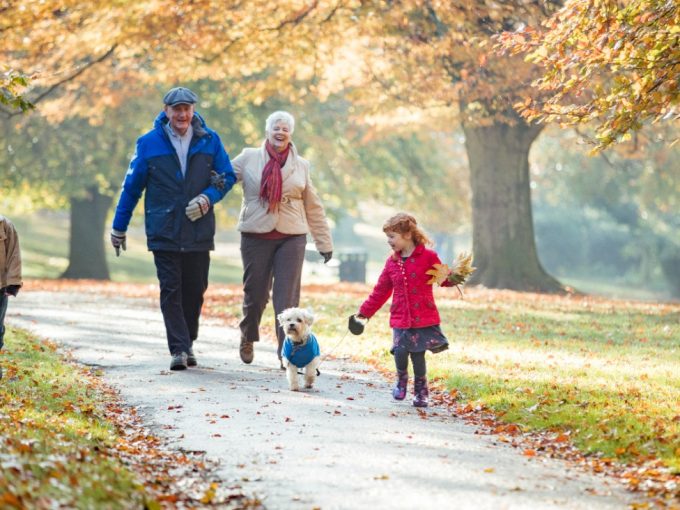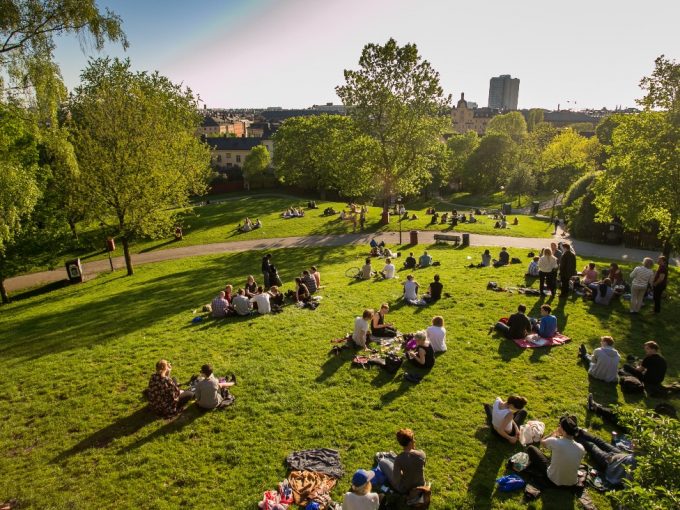Creating new co-working office spaces in our suburbs could be accessible to 97% of Melburnians with just a short ride or walk, helping manage risk post COVID-19, finds new RMIT research.
In recent weeks, many organisations and businesses have learnt how productive they can be with employees working remotely.
But working from home isn’t ideal for many – whether because of family, a need for real human contact, or a lack of an easily adaptable workspace.
With COVID-19 likely to remain a risk for the immediate future, many are questioning how commuting to work will look once restrictions are lifted.
Pulling together data from the 2016 Census and state zoning maps, new analysis by RMIT urban researcher Thami Croeser suggests suburbs across metropolitan Melbourne can house co-working office spaces to manage virus risk in the long term.
“Squeezing onto a packed train was normal last year – now it seems unthinkable,” Croeser, from the Centre for Urban Research, said.
“Bicycles are currently very appealing, but will that last as traffic returns to our streets?
“If public and active transport all become unappealing, more people than ever will drive to work – mostly alone – resulting in gridlock and parking demand that will make our return to urban working life deeply unpleasant.”
Co-working essentially means renting a desk and wi-fi at an hourly or daily rate, with the option of meeting rooms when needed.
For smaller businesses co-working may be ideal, said Croeser, and larger employers like government and major corporates may opt to establish their own sub-offices.
The new analysis shows co-working could be a legitimate alternative for most Melburnians.
“Nearly two-thirds of Melburnians live within a five-minute walk of a local commercial strip suitable to house co-working spaces,” Croeser said.
“And 97% of Melburnians are within 2km of a shopping area that could host local workplaces.”
In the coronavirus economic downturn, local shopping streets will look distinctly gap-toothed, said Croeser.
“Think of how much streets like Chapel Street (Prahran/Windsor), Bridge Road (Richmond) or Fitzroy Street (St Kilda) were struggling even before the crisis – there’s going to be a lot of space to fill,” he said.
“A new wave of small workspaces in our neighbourhoods could bring much-needed jobs, investment and activity to quiet retail strips that were struggling with high vacancy rates, even before COVID-19 drove vacancies upward and cemented the dominance of online retail.
“With more workers comes more demand for coffee shops and local services, multiplying the return of vitality to these beleaguered strips.
“Coordinated investment in wider footpaths, bike lanes and street trees could deepen the appeal of these streets by making them feel like destinations, rather than thoroughfares.
“By establishing new workspaces in local and neighbourhood activity centres, we effectively get the best of our current and past work arrangements – a shorter commute but in a normal job setting that separates home and work.
“Of course, working near home isn’t going to work for everyone, but as about 42% of Victorians can do this, the scope for change is significant.
“And for those of us that could shift to working locally this spring, it could be the difference between a short walk in the sunshine or a stressful hour in traffic.”
Milan, Paris and New York are currently adapting their urban infrastructure to make more space for pedestrians and cyclists for people to commute while practicing physical distancing.
Doctors and planners in Australia are calling for the same approach here, but this may not be enough for those with long trips: the average Melbourne commuter travels 17km to work, mostly by road.
“This is why it’s important that at the same time, as Australian cities reallocate road space, they also work to bring jobs closer to home in new local workplaces, such as co-working spaces,” Croeser said.
Story: Chanel Koeleman





